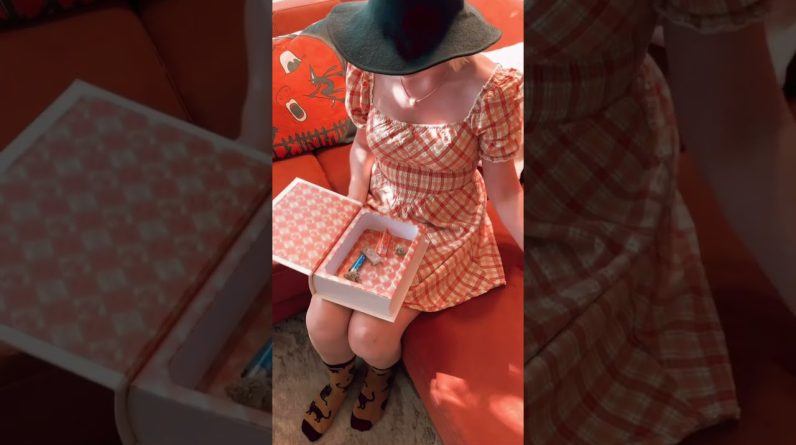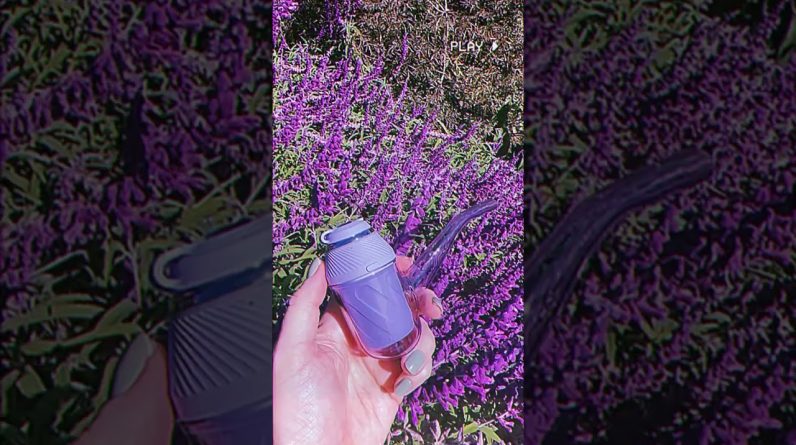Many growers have a hard time with the balancing act of watering their plants. Have I overwatered? Have I underwatered? Is my water too acidic? Watering can be one of the trickiest parts of plant parenthood.
My main tip for watering is do not water on a schedule. Instead, pay close attention to your plants, checking them once or twice a week and watering as needed.
I am an organic grower who uses living soil. I was taught by a pseudo-scientist, Dr. Av Singh, who always says, “the plant should dictate when it wants to eat and when it wants drink”. With the use of living soils, the plant eats when it wants to eat without the grower forcing the plant to uptake nutrients.
When we water from the bottom of the plant, this gives room for the plant to drink when it chooses and uptake the right amount of water it needs. The drainage holes in your pot allow the water to absorb into the soil over a period of time without oversaturating it.
How Do I Water From the Bottom?
This is a technique where you need a potted plant (must have drainage holes), water, and a saucer.
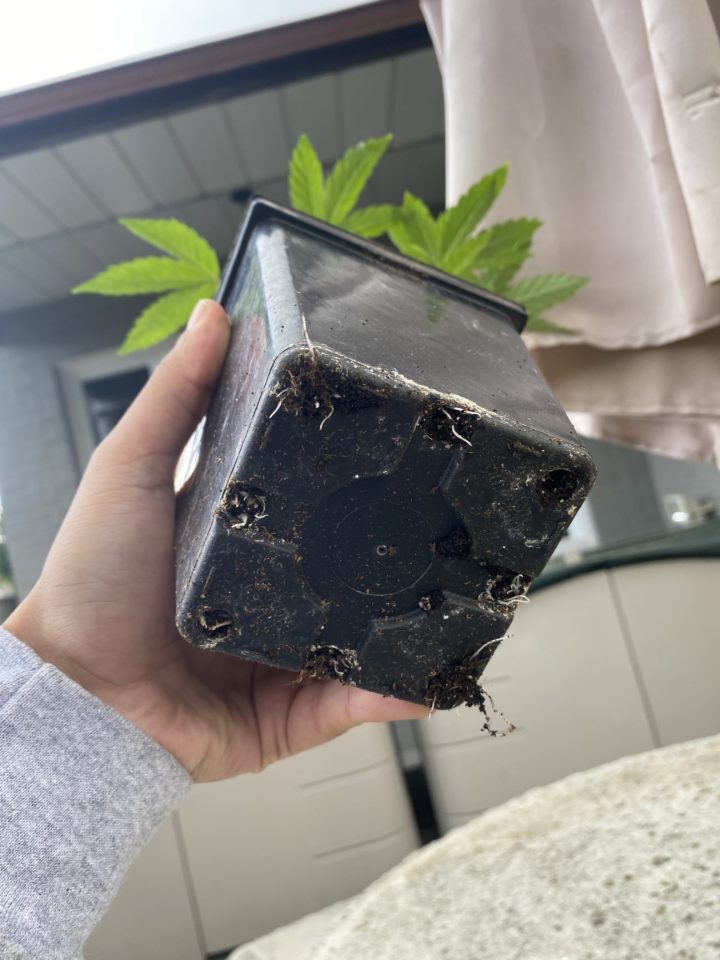
1. Fill your saucer with enough water to reach the bottom layer of soil in your pot. Some growers like to use drainage rocks at the bottom of their pots so make sure that the water level is high enough to reach the soil. Keep in mind that particular mediums absorb water differently. Soil absorbs water faster than peat moss so keep that in mind while you are waiting for the water to absorb.
2. Place your pot into your saucer.
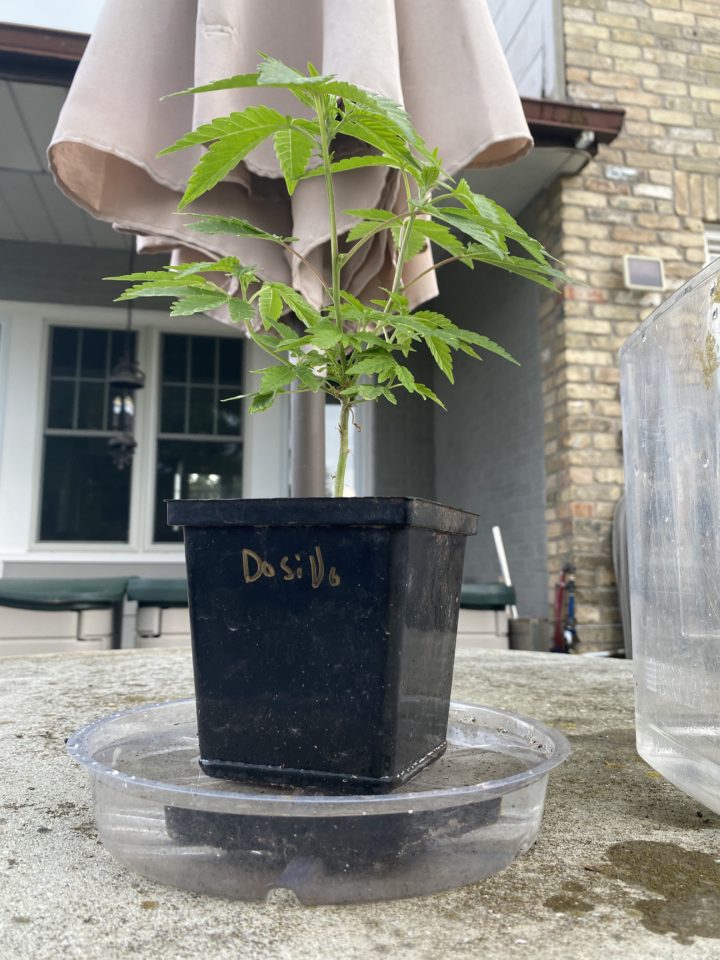
3. Give it some time. Let your plants sit in their bath for 10-15 minutes. You will notice that the water level in the saucer has gone down. An easy way to check if your plant has been sufficiently watered is by sticking your index finger a few inches down into the soil to see if it is moist. If the soil is still dry, wait a little longer.
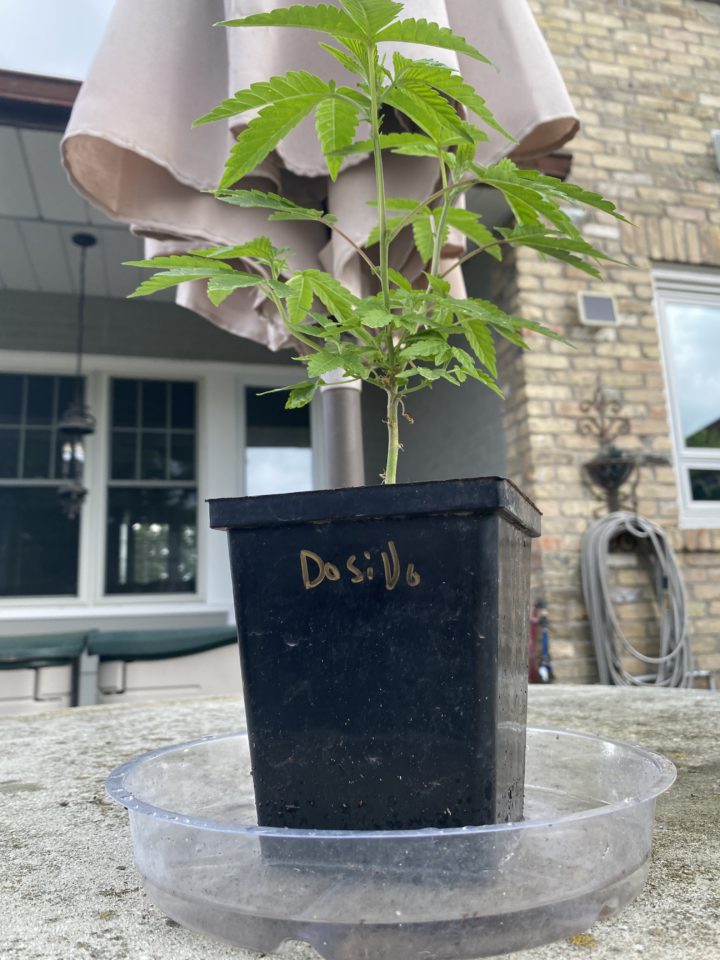
4. Remove your plant from the saucer. There may be some excess water leftover. Do not add this to your plant because the soil did not want to absorb it. Discard of it and return your plant to its home. You may get a small amount of runoff water, and that is okay.
I suggest you try it at least once and see if you find it more manageable. I do find every now and then, it is beneficial to give it a top watering because the top layer of soil can get very dry and form a crust-like layer.
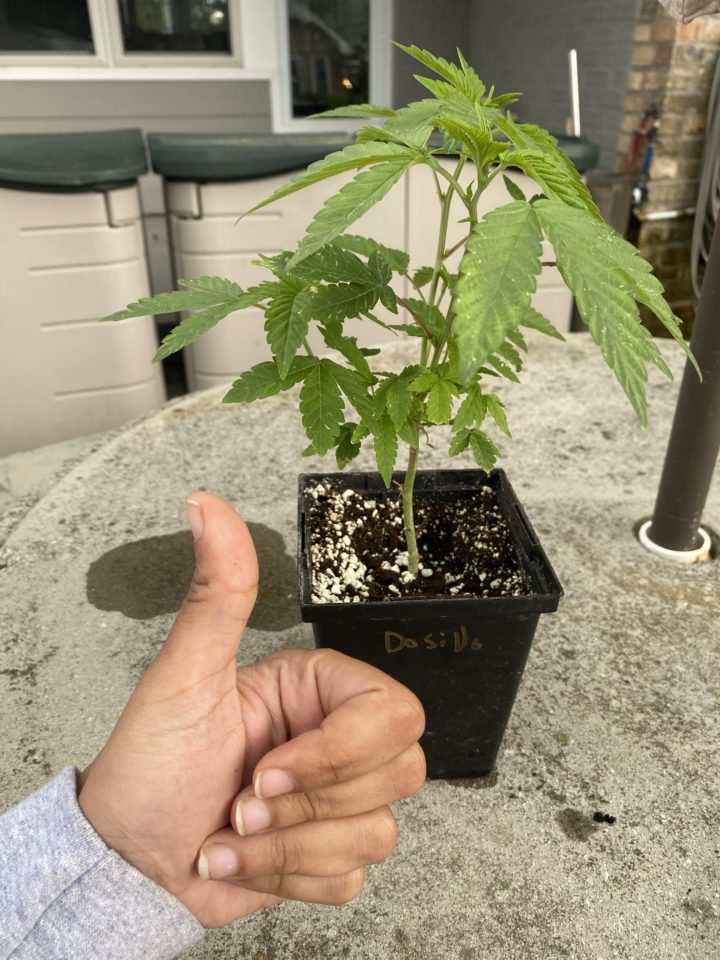
Benefits of Bottom Watering
- Promotes overall root growth, as it forces the roots to reach down for the water
- Helps prevent fungus gnats who thrive on the top layer of wet soil
- Prevents oversaturation of the soil
- It provides an even distribution of moisture throughout the soil. Top watering can result in dry spots
- Reduces the chance of over and underwatering
- Prevents splashing on the leaves. Sometimes when you feed your plants, the water can splash on your leaves which can result in plant burning. When you bottom water, this is completely avoided.
Feeding
As for feeding from the bottom, it is the same concept as feeding a plant how you would normally feed your plant. Add your nutrients to the water first and then feed from the bottom. If you are feeding with a top dressing, skip the bottom water as a whole. You will need water to leech the nutrients down into the soil. Happy growing.
@herbudz__
The post Reverse Watering Potted Plants appeared first on High Times.
Source: https://cannabisworld.biz/2022/06/29/reverse-watering-potted-plants/

